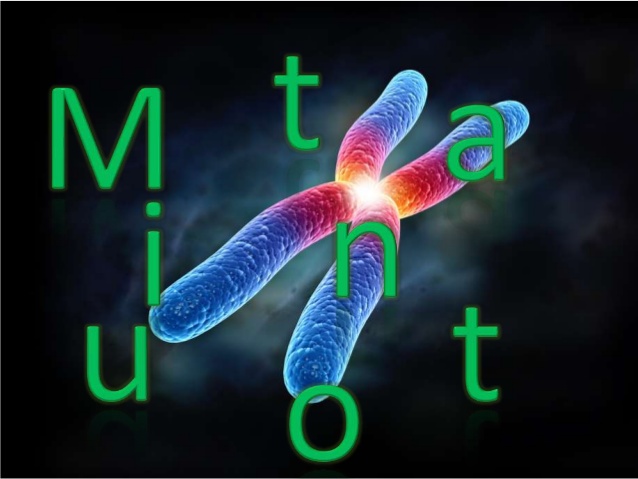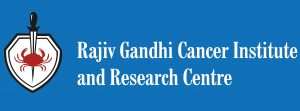
Immunotherapy is the new kid off the block and taking long strides. Many patients with advanced cancer are obtaining durable remissions with this form of therapy. Who will benefit from this form of treatment is a sticky question and yet in a phase of unearthing. The established method is immunohistochemistry for demonstration of PDL1 protein expression on tumor cells and in some instances on the cells surrounding the tumor. The positive and negative predictive value of this test is woefully inadequate. Some patients with a positive test may show no response to treatment while some others with a negative test do respond. Lack of certainty in predicting treatment response is not helping the more widespread use of immunotherapy.
How can this uncertainty of response from an incredibly costly treatment be overcome?
The immune system has the capacity to identify cells which are different from normal cells by the presence of abnormal proteins on their surface (called neoantigens). Greater the number and intensity of these surface proteins the greater is the likelihood of this abnormal cell being recognized by immune cells as foreign and marked for elimination. Many cancer cells have a high load of neoantigens while others have just a few. The latter are the best to treat by immunotherapy.
The requirement to identify the cancer cells with high expression of neoantigens is hard to fulfill. A surrogate is to identify the “Total Mutation Burden”(TMB). TMB is the frequency of Non-Synonymous Mutations in the exonic region of the genome – A difficult ask given the fact that whole exome will need to be sequenced. But if done, and if too many mutations are observed, the possibility of many altered surface protein with several carrying potentials of a neoantigens is high. This is the basis of doing TMB. Whole exome sequencing is not readily available, is costly, requires powerful bioinformatics and cannot be a routine diagnostic method. Instead, a mutation burden in the lesser number of selected genes is estimated by target sequencing and converted into the expected load by mathematical predictive modeling to compare to the TMB. This is called Predictive Tumor Mutation load (PTML) and has been found to be useful in forecasting response to Immunotherapy.
We shall talk on what else can help in refining the results of immunotherapy by additional testing in next blog.
Disclaimer: The picture used in this blog is for education purpose only with no commercial usage
Last modified: 11/07/2017







